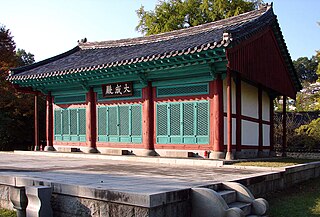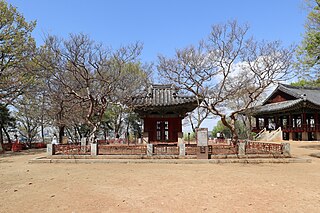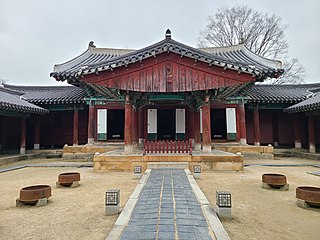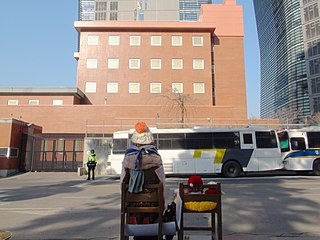Self-guided Sightseeing Tour #1 in Jeonju, South Korea
Legend
Tour Facts
1.9 km
50 m
Experience Jeonju in South Korea in a whole new way with our free self-guided sightseeing tour. This site not only offers you practical information and insider tips, but also a rich variety of activities and sights you shouldn't miss. Whether you love art and culture, want to explore historical sites or simply want to experience the vibrant atmosphere of a lively city - you'll find everything you need for your personal adventure here.
Individual Sights in JeonjuSight 1: Jeonju Hyanggyo
The Jeonju Hyanggyo is a hyanggyo (school) originally established at the Gyeonggijeon Shrine site in Jeonju, Korea, sometime early in the 15th century, during the Joseon Dynasty (1392-1910). Gyeonggijeon Shrine was erected in 1410, so construction of the Jeonju Hyanggyo had to follow sometime later.
Sight 2: 오목대
Omokdae (梧木臺) is the place where Yi Seong-gye (6th year of King Goryeo) stopped by the place where his great-great-grandfather Mokjo lived when he was returning from defeating the Wa army at Unbong Huangsan Mountain to celebrate his victory. On September 24, 1974, it was designated as Monument No. 16 of the Jeonbuk Special Self-Governing Province.
Sight 3: Gyeonggijeon Main Hall
Jeonju Gyeonggijeon Jeonjeon (全州 慶基殿 正殿) is a depiction of the Joseon Dynasty located at 44, Taejo-ro, Wansan-gu, Jeonju-si, Jeollabuk-do. It is a building that enshrines the founder of the Joseon Dynasty, Taejo Yi Seong-gye. On January 9, 1991, it was elevated to the status of Historic Site No. 339 of the Republic of Korea, and on December 1, 2008, it was designated as Treasure No. 1578 of the Republic of Korea.
Sight 4: Gyeonggijeon Hall
Jeonju Gyeonggijeon (全州 慶基殿) is located in Pungnam-dong, Wansan-gu, Jeonju-si, Jeollabuk-do Province, and is a place where the portrait of Taejo Yi Seong-gye of the Joseon Dynasty is enshrined. It was designated as Historic Site No. 339 of the Republic of Korea on January 9, 1991, but was changed to its current name in 2011.
Sight 5: Statue of Peace
The Statue of Peace, often shortened to Sonyeosang in Korean or Shōjo-zō in Japanese and sometimes called the Comfort Woman Statue , is a symbol of the victims of sexual slavery, known euphemistically as comfort women, by the Japanese military during World War II, specifically, the period from the beginning of the Second Sino-Japanese War until the end of the Pacific War. The Statue of Peace was first erected in Seoul to urge the Japanese government to apologize to and honour the victims. However, it has since become a site of representational battles among different parties.
Sight 6: Pungnammun
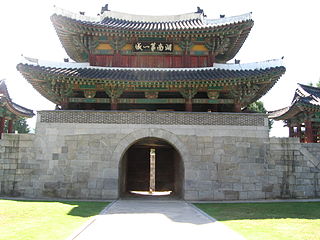
Jeonju Pungnammun (全州 豊南門) is the southern entrance gate of the fortress surrounding Jeonju, which was the seat of Jeolla Gamyeong during the Joseon Dynasty, and is the only gate that remains after the wall was demolished. On January 21, 1963, it was designated as Treasure No. 308 of the Republic of Korea.
Share
How likely are you to recommend us?
Disclaimer Please be aware of your surroundings and do not enter private property. We are not liable for any damages that occur during the tours.
GPX-Download For navigation apps and GPS devices you can download the tour as a GPX file.
